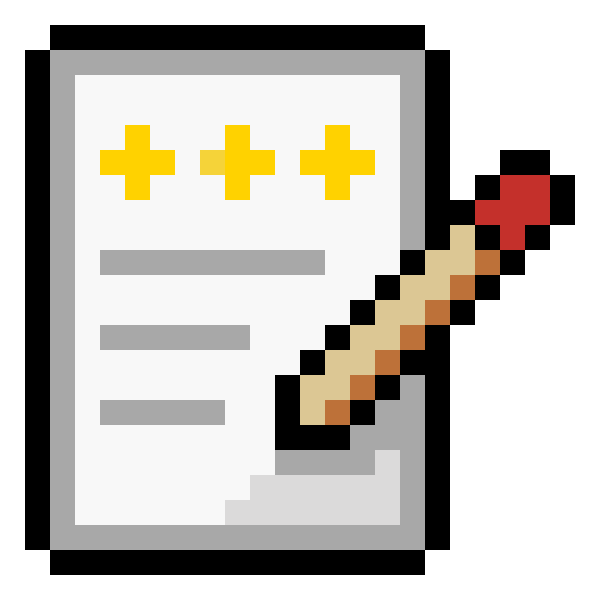Audio Presented by

Sharing the latest AI insights, essential tools, and productivity secrets to fuel your career growth!
Story's Credibility

About Author
Sharing the latest AI insights, essential tools, and productivity secrets to fuel your career growth!